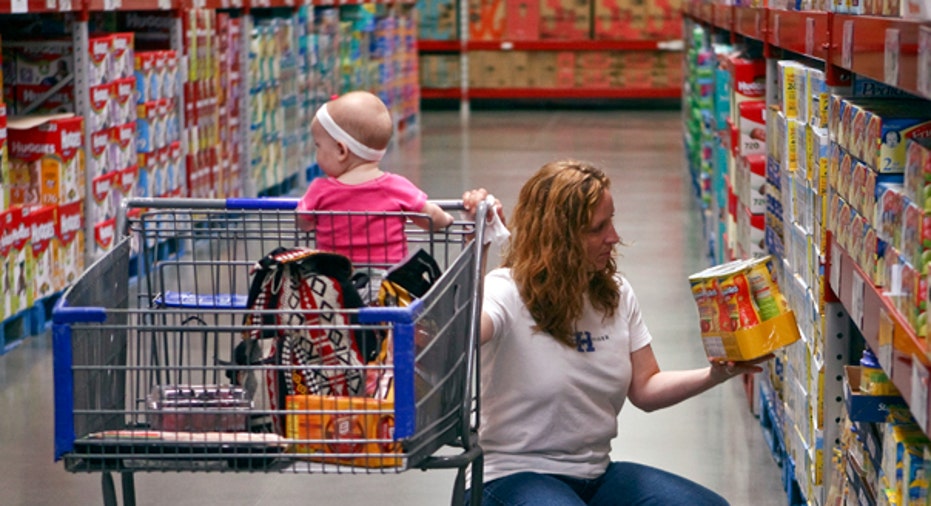Consumer Price Inflation Matches June Views

U.S. consumer prices rose for a fifth straight month in June as the cost of gasoline and a range of other goods increased, further signs of firming inflation that strengthen the case for an interest rate hike this year.
The Labor Department said on Friday its Consumer Price Index rose 0.3 percent last month after increasing 0.4 percent in May. Last month's increase pushed the year-on-year CPI rate into positive territory for the first time since December.
The energy-driven disinflationary trend appears to have run its course. A report on Wednesday showed producer prices rose in
June for a second straight month. Firming price pressures, together with a tightening labor market and strengthening housing could give the Fed confidence that inflation will gradually rise toward its 2 percent target.
Fed Chair Janet Yellen this week affirmed the U.S. central bank was keen to start tightening monetary policy later this year after keeping its short-term interest rate near zero for more than six years.
In the 12 months through June, the CPI edged up 0.1 percent after being unchanged in May. Economists polled by Reuters had forecast the CPI rising 0.3 percent from May and gaining 0.1 percent from a year ago.
The so-called core CPI, which strips out food and energy costs, increased 0.2 percent last month after rising 0.1 percent in May. Underlying inflation pressures have been tamed by a strong dollar.
In the 12 months through June, the core CPI rose 1.8 percent after May's 1.7 percent increase.
Last month, gasoline prices rose 3.4 percent after jumping 10.4 percent in May. Food prices rose 0.3 percent, the largest increase since September 2014, as an outbreak of bird flu in some parts of the country causes a shortage of eggs. Egg prices surged 18.3 percent, the biggest gain since August 1973.
Elsewhere, the index for rent increased 0.4 percent, the largest rise since August 2013. With the residential vacancy rate near a 22-year low as a firming labor market boosts household formation, shelter costs are likely to continue rising.
There were also increases in the cost of recreation, new motor vehicles, tobacco, airline fares and personal care. These offset declines in the prices for apparel, medical care, used cars and trucks and household furnishings.
(Reporting by Lucia Mutikani; Editing by Andrea Ricci)